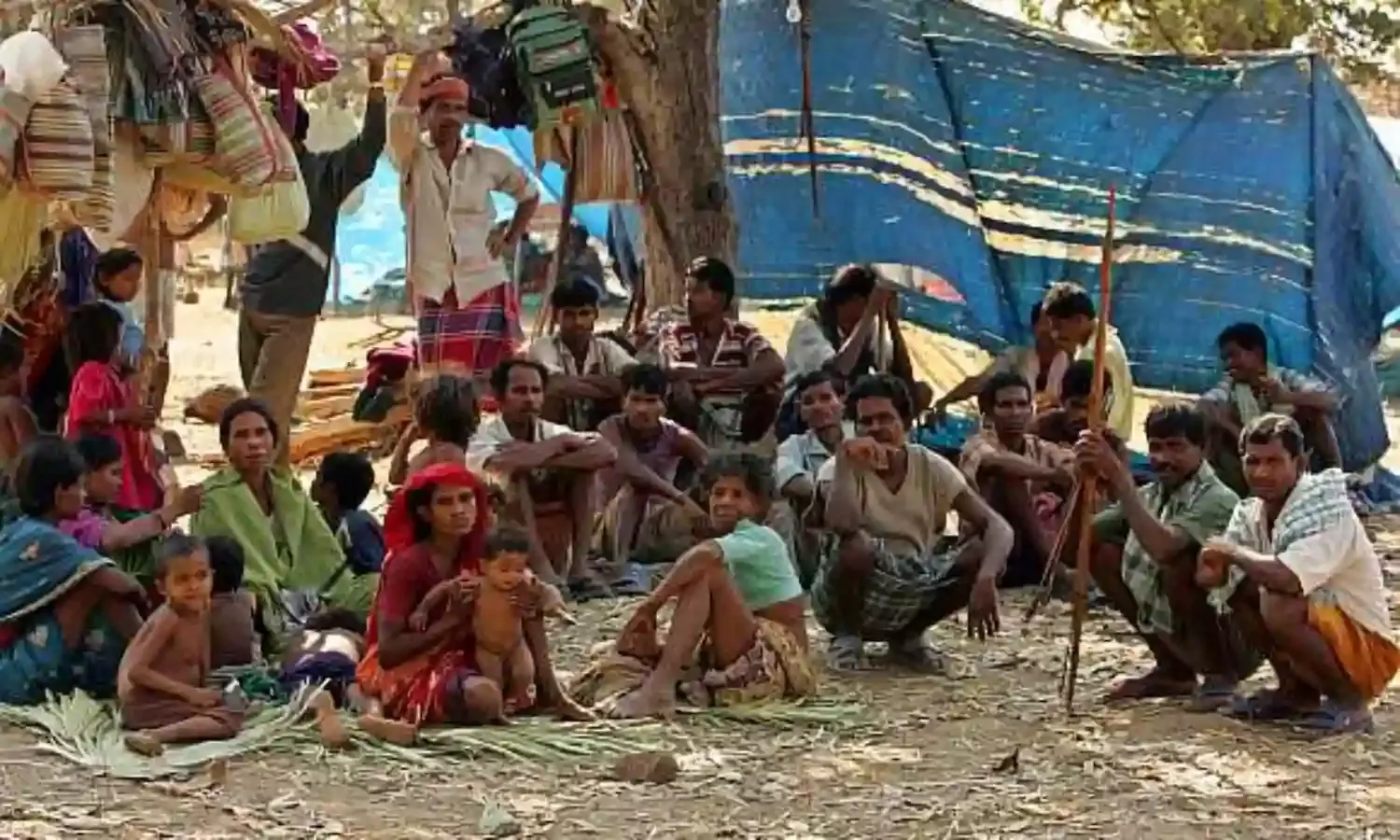As Maoist Affected Areas Vote, Both BJP and Congress Ignore Adivasis
The Citizen Elects: Bastar and Dantewada polls

NEW DELHI: The first phase of polling in Chhattisgarh saw a high turnout of voters, with 70 percent polling. Of the 90 seats in the state assembly, most of the 18 in this phase lie in areas affected by violence between Maoists and state/ corporate interests.
While polling was relatively low in the Maoist belt, voter turnout has increased since the last assembly elections. Bastar, which saw only 40 percent polling in 2013, had a 58 percent turnout. Dantewada too recorded a 58 percent turnout, while Kondagaon, Keshkal, Kanker, Khairagarh and Dongargarh all crossed the 60 percent mark.
The two weeks leading up to the elections saw an increase in Maoist-led violence, with rebels mounting several attacks and killing at least eight security personnel and five civilians.
Maoist violence has been a major electoral issue for both the Bharatiya Janata Party and the Congress, with each party accusing the other of failing to clamp down on the insurgency. In the 2013 elections the Congress swept this area, winning 13 of 18 seats. The BJP swept the election before that, in 2008, winning 15 seats.
Both the BJP and the Congress have revved up the anti-Maoist rhetoric in public speeches and on TV debates, with the rebels taking centre stage in election analysis and reporting. A TV channel complemented its coverage with the hashtag #VoteAgainstMaoist.
But a closer look at their manifestos reveals that neither party has much to say about the welfare of adivasis in Chhattisgarh. While the Congress manifesto talks about the notification of a Schedule Tribe area being a priority, as well as the development of Jeeram Ghati in Bastar, the BJP mentions setting up a Central Tribal University.
The Citizen spoke to Alok Putul, a senior journalist based in Chhattisgarh. Both the BJP and Congress claim to have stamped out Naxalism in the area, but when it comes to adivasi communities in the area, Putul is of the view that the development model of both the BJP and the Congress is more or less the same.
“The development models of both the parties does not include tribals as a part of it. Development does not mean giving away tribal land for mining and to corporates while the tribals get a fourth grade job,” says Putul.
“In the 2018 assembly elections, the BJP revved up ‘Urban Naxalism’ as an important issue and has even accused the Congress of being a pro-Maoist party. Ironically, 12 Congress leaders were killed in Maoist attacks in 2013. The Raman Singh government has been in power in Chhattisgarh for 15 years and seems desperate to grab power for a fourth term. The anti-incumbency and the non-Congress government at the centre have worked in favor of the Congress,” Putul adds.
“The Modi wave was not found to have much effect here because in spite of anti-incumbency Raman Singh has been an important face, rather than Modi.” Local problems and leaders have more effect on the voting rather than national issues and national leaders, according to Putul. “In the 18 seats for which voting took place yesterday, there has been a mix of BJP and INC candidates holding seats, showing that local leaders and issues hold much importance in these areas of the state.”
“Another trend that can be traced is that in areas with a high voting percentage, the Congress manages to win, e.g. in the Bastar parliamentary constituency, out of the total 12 assembly seats, 8 are held by the Congress.”
Putul also points out that the Ajit Jogi–Mayawati alliance can be a spoiler for both the Congress and the BJP. “The BJP will be affected by the division in votes, as out of 10 constituencies reserved for Scheduled Caste candidates, it holds power in nine. In the 2013 assembly election the Bahujan Samaj Party's vote share was merely 4.29%, only 1.22% more than that of NOTA.”
Of the 90 seats in the Chhattisgarh assembly, the BJP currently holds 49, and the Congress 39. In 2008 the parties won 50 and 38 seats respectively.



